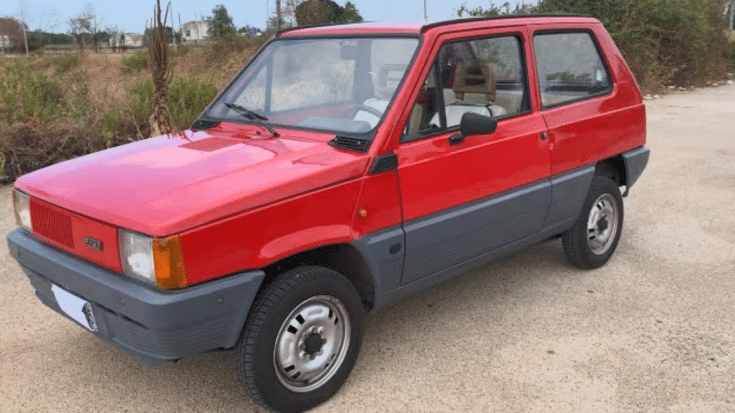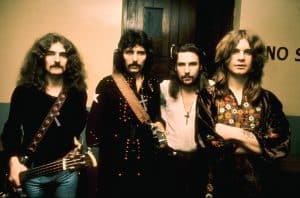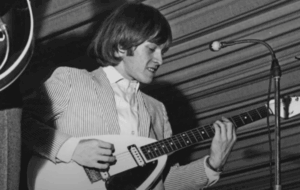10 Weird Cars From The 1980s That You Wouldn’t Buy Today

via Alpha Zero / YouTube
The 1980s were a time of daring automotive designs and technological exploration, leading to a mix of both iconic and peculiar vehicles. While some cars from this era have earned a place in history for their aesthetic appeal and innovation, others have garnered less favorable attention.
The 1980s gave rise to several car designs that, while unique, did not stand the test of time. Not every risk pays off, and not every trendsetting idea becomes a timeless classic. We take a trip down memory lane to revisit ten of the weirdest cars from the 1980s that you likely wouldn’t consider purchasing today, either because of their offbeat looks or questionable mechanics.
Cadillac Seville
View this post on Instagram
Cadillac aimed to make a statement with the Seville’s “bustle-back” design, echoing luxury limousines of the past. However, the outcome was less than regal, with a bulky rear that seemed mismatched to the rest of the car. Not only was its appearance debatable, but the Seville also suffered from mechanical misfortune. It was plagued with problematic engines like the inadequate 4.1 liter V-8 and the infamous V-8-6-4, infamous for its unreliability. Despite its flaws, the Cadillac Seville found buyers for six years, perhaps due to the brand’s prestige.
Chevrolet Citation
View this post on Instagram
The Chevrolet Citation’s design aimed to capture the essence of sleek European hatchbacks, but it missed the mark. The car’s heavy-set frame sat awkwardly on small wheels, creating a sluggish and uncomfortable profile. Its lethargic appearance was matched by a reputation for consistent mechanical issues and frequent returns to dealerships for repairs. One can only wonder how this car managed to find favor with any buyers during its time on the market.
Excalibur Series IV
Excalibur Motors ventured to replicate the grandeur of the Mercedes-Benz SSK with the Series IV, but the outcome was peculiar and contrived. The car’s unusual features, including the split windshield and imitation wire wheels, made it look more like a caricature of luxury rather than a refined classic. After the company declared bankruptcy in 1986 and faced several attempted resurrections, the Excalibur’s struggle for survival reflected its odd place in automotive history.
Ferrari Mondial
View this post on Instagram
With the Mondial, Ferrari introduced a design that was unexpected and, to many onlookers, unappealing. Its elongated shape was the awkward synthesis of a desire for rear seats and a mid-engine configuration. The car’s unattractive front grille, resembling shuttered blinds, further detracted from its allure. Legend has it that the design was born from a dare at the Pininfarina studio, challenging its creators to design a Ferrari that wouldn’t turn heads in admiration.
Fiat Panda
View this post on Instagram
Fiat stripped down the Panda to the essentials, perhaps taking minimalism to an extreme. It featured a spartan interior with cheap materials and a dashboard that was as barren as could be. Sitting inside felt like being in an industrial vehicle, bereft of any comfort or style. Astonishingly, Fiat continued to manufacture the Panda for twenty-three years, despite its unappealing austerity.
Toyota Corolla Tercel
View this post on Instagram
Toyota’s Tercel was their first attempt at a transverse-engine, front-wheel-drive vehicle, but the design raised eyebrows. The car’s truncated rear end looked as if it had been hastily chopped off, giving the impression of an incomplete design. It was an economy car that not only felt flimsy but appeared insubstantial, diminishing its appeal right from the start.
AMC Eagle Kammback
View this post on Instagram
The AMC Eagle Kammback was a bold experiment, transforming the AMC Gremlin into a 4×4 hatchback. Although AMC successfully generated interest with its wagon and sedan 4×4 variants, the Kammback struggled to find an audience. Only 5,603 units were sold, likely due to its resemblance to the disliked Gremlin. AMC’s marketing cleverly avoided highlighting the car’s unflattering rear view, knowing that might reveal its humble origins.
Maserati Biturbo
Maserati’s Biturbo was expected to exude coolness and sexiness, hallmarks of the brand. However, it ended up resembling a more ordinary Chevrolet Citation coupe, which was a far cry from Maserati’s glamorous image. This misstep demonstrated that even prestigious manufacturers could misjudge their audience’s tastes.
Nissan Stanza Wagon
View this post on Instagram
The Nissan Stanza wagon was an early foray into the crossover design, but it failed to dazzle the public. Its ungainly shape and ambiguous identity contributed to its market underperformance, proving that a car needs more than just an innovative concept to succeed—it also has to look the part.
Nissan S-Cargo
Bekyk hierdie plasing op Instagram
Nissan’s S-Cargo took inspiration from the venerable Citroen 2CV with a playful, snail-like design. This quirky van intended to marry utility with novelty, but instead became a peculiar footnote in automotive history. While the name cleverly played on words with “escargot,” the product might have been better received as a one-off joke rather than a production model.
















